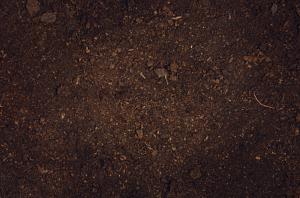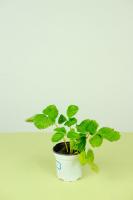How Does a Plant Get Food?
Plants are some of the oldest living organisms on earth, and they continue to thrive in diverse environments. They are able to generate their own food through a process known as photosynthesis, which converts light energy into chemical energy. But how does a plant actually get the food that it needs? Let's explore the fascinating process by which plants obtain and use nutrients.
Absorbing Nutrients from Soil
Plants absorb most of their nutrients from the soil through their roots. These nutrients include essential minerals such as nitrogen, phosphorus, and potassium. The roots of a plant are equipped with tiny root hairs that increase the surface area for absorption. These root hairs come into contact with water and minerals in the soil, and these nutrients are then transported up through the plant's stem to the leaves.
Harvesting Energy from the Sun
While plants obtain nutrients from the soil, they generate their own food through the process of photosynthesis. The chlorophyll in a plant's leaves absorbs light energy, and this energy is used to convert carbon dioxide and water into glucose, which the plant uses as its source of energy. During photosynthesis, oxygen is also produced as a by-product, which is released into the air.
Transporting Nutrients Through the Plant
Once nutrients are absorbed through the roots and energy is generated through photosynthesis, plants transport these nutrients and energy throughout the plant. The plant's stem acts as a network of highways that connects the roots to the leaves, and nutrients and energy are transported through specialized tubes called xylem and phloem.
Xylem is responsible for transporting water and minerals from the roots up through the plant to the leaves. Phloem, on the other hand, is responsible for transporting glucose and other nutrients from the leaves down through the plant to the roots and other parts of the plant that require these nutrients.
Storing Nutrients for Later Use
While plants need nutrients such as nitrogen, phosphorus, and potassium to grow and thrive, they also need other nutrients to maintain their health and vitality. These nutrients include vitamins, minerals, and other compounds that are synthesized within the plant.
Plants are able to store these nutrients for later use. Nutrients such as glucose are stored in the plant's leaves and stems, and can be used as a source of energy during periods when sunlight is limited. Other nutrients are stored in the plant's roots, and are used to help the plant resist disease, tolerate stress, and recover from injury.
In conclusion, a plant gets food through a combination of absorbing nutrients from the soil, harvesting energy from the sun through photosynthesis, transporting nutrients through the plant, and storing nutrients for later use. These processes work together to help plants grow and thrive in diverse environments. By understanding how plants obtain and use nutrients, we can appreciate the amazing complexity and resilience of these fascinating organisms.

 how many times do yo...
how many times do yo... how many planted tre...
how many planted tre... how many pine trees ...
how many pine trees ... how many pecan trees...
how many pecan trees... how many plants comp...
how many plants comp... how many plants can ...
how many plants can ... how many plants and ...
how many plants and ... how many pepper plan...
how many pepper plan...






























